ClassNK Grants AiP on LPG Reformed Gas Fueled Vessel
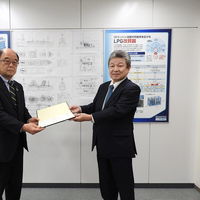
ClassNK granted an Approval in Principle (AiP) based on its Rule Part N which adopts IGC Code and its Guidelines for Ships Using Low-Flashpoint Fuels to Daihatsu Diesel for their concept design of a liquefied petroleum gas (LPG) reformed gas fueled coastal LPG carrier developed in cooperation with Iino Gas Transport, Osaka Gas, Izumi Steel Works, and Miura Shipbuilding in terms of safety assessments.The vessel is designed to be equipped with an LPG reformer developed jointly by Daihatsu Diesel and Osaka Gas, and a dual fuel engine developed by Daihatsu Diesel.
ClassNK Grants AIP on LPG Reformer for Marine Engines
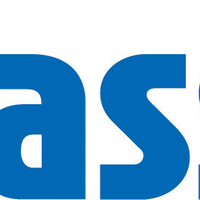
Classification Society ClassNK granted an Approval in Principle (AIP) to Osaka Gas for their joint project with Daihatsu Diesel on an LPG Reformer for marine engines. This was the first AIP granted in Japan for such equipment.The LPG Reformer is designed to convert LPG into synthetic methane gas equivalent to the kind found in LNG. Due to being mainly composed of propane and butane, LPG is susceptible to knocking (abnormal combustion), making it difficult to use as a fuel for lean burn gas engines and dual fuel engines.
Rolls-Royce LNG Engines Reach 25 Million Operating Hours
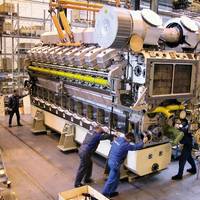
Rolls-Royce engines powered solely by liquefied natural gas (LNG) have completed 25 million hours of operation on land and at sea, since their introduction in 1991. More than 650 Bergen lean burn gas engines are in service today, with a power output up to 9,600kW. The engines are used for a variety of applications ranging from powering ferries, cargo ships and tugs to a wide range of land-based power generation throughout the world. Dr. Mikael Makinen, Rolls-Royce President Marine, added, “Achieving 25 million running hours in almost 25 years is something we’re extremely proud of.
Borgøy: the World’s first LNG-Fueled Tug

Late last year, an innovative project to design and build the world’s first LNG fuelled escort tugs became a reality when the Borgøy was handed over for sea trials by builder Sanmar in Tulza Bay near Istanbul. For the Christening at the Sanmar Shipyard in Tuzla, representatives from the Turkish shipyard were joined by executives from Norwegian tug operator Buksér og Berging AS and from Rolls-Royce. Neil Gilliver, Rolls-Royce, President – Merchant, believes that delivery of the Borgøy and Bokn…
LNG Fueled Vessels
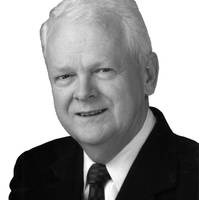
Alternative to Diesel Strengthens as Barriers Continue to Fall. From the earliest days of mechanically propelled ships, fuel use has been evolving. Starting with wood, fuel changed to coal, which held sway for many years. Oil began to be used in the late nineteenth century and was clearly the dominate marine fuel of the twentieth century. Environmental shortcomings of fuel oil, particularly traditional heavy bunkers, were brought under increasing scrutiny as the twentieth century came to a close.
Rolls-Royce has a Gas with Bergen Engines
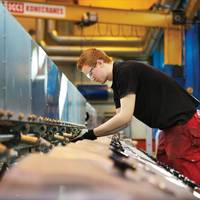
March 2013 saw Rolls Royce collect the Green Ship Technology Award at the Green Ship Technology Conference in Hamburg for its Environship concept, which has lean burn Bergen Engines gas power units at it core. The Environship combines a range of Rolls Royce technologies (Bergen Engines is a subsidiary business) in a cargo ship model that, set against comparable vessels using diesel power engines, offers CO2 reductions of up to 40% (alongside 92% reductions in NOx and 100% less SOx emissions).
Rolls-Royce's First Gas Powered PSV Delivered
Rolls-Royce announce that Island Offshore has taken delivery of Island Crusader, the first gas powered Rolls-Royce offshore vessel. This new and advanced UT 776 CDG platform supply vessel, is the first of two ordered by Island Offshore. This is the first offshore vessel to feature lean burn gas engines as main engines. As a result Nitrogen Oxide (NOx) emissions will be reduced by about 90 percent while Sulphur Oxide (SOx) emissions and particulates will be negligible. CO2 emissions will also be significantly reduced. The vessel is also equipped with two diesel engines for periods when it needs to operate away from gas supply. Island Crusader will operate in the North Sea undertaking transport, supply and service duties between onshore supply bases and offshore drilling sites.
Rolls-Royce Wins Order for "Enviroship"
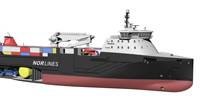
Rolls-Royce received its first order for vessels based on the Group’s award-winning Environship concept. Rolls Royce will design and provide integrated power and propulsion systems for two technologically advanced cargo vessels, which have been purchased by Norwegian transportation company, Nor Lines AS. These highly efficient ships incorporate a striking wave piercing bow, gas powered engines and an innovative Promas propulsion system, which combined, significantly improves the overall performance of the vessel, increasing fuel efficiency by up to 18 per cent.
Hyundai, MAN B&W Are At Top of Engine Power
Rising Korean aspirations as to market influence and technological standing could alter the established order in an important segment of the engine business. While MAN B&W announced opening contracts for its new L21/31 design as a marine auxiliary, Hyundai Heavy Industries was preparing to roll-out its first-ever, self-originated engine type targeted at a similar power range. The H21/32 signals the emergence of Hyundai, the world's largest producer of marine diesels, as a designer in its own right. The company's development of the in-house Himsen brand denotes a move towards increased technological self-reliance, given the wholesale dependence up until now on manufacturing licenses from foreign engine firms.





